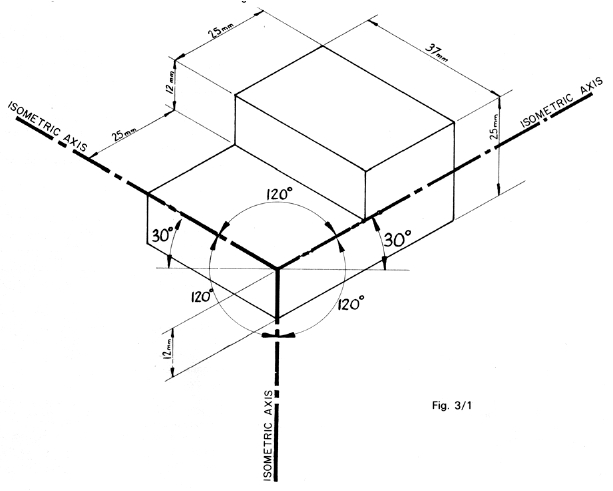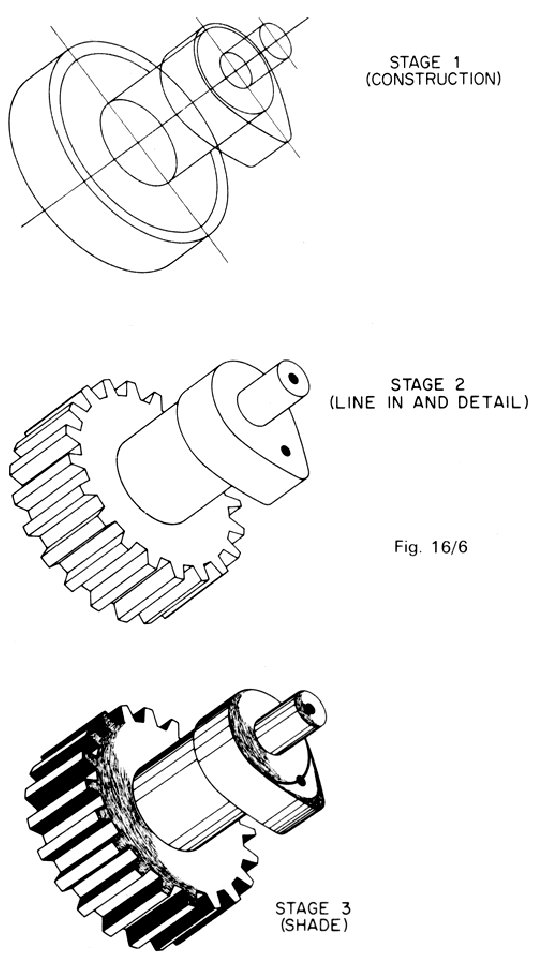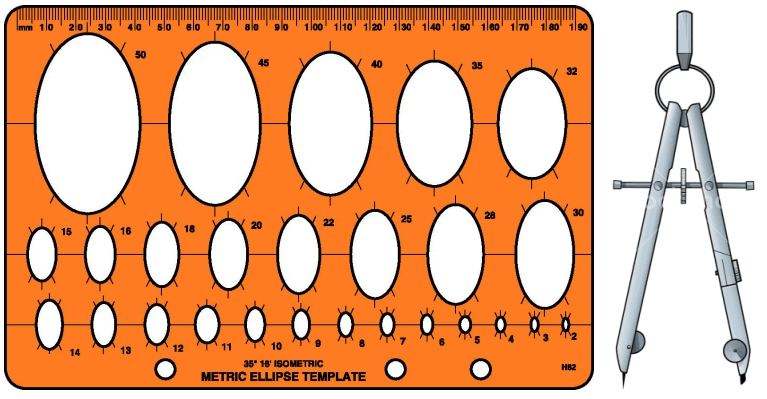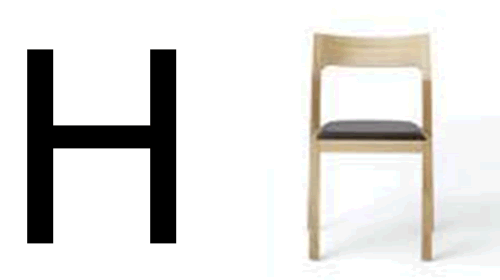You need to learn to sketch. A very important skill as a student engineer. One that takes practice but is not impossible. Consider buying this book between you and a friend Duff and Ross – Sketching ~ for Visualisation.
“There’s not such thing as ‘can’t’; simply “can’t be bothered” (Lander 2009).
It takes practice. Practice, practice, practice, practice, practice, practice. It will not suddenly just happen. There are plenty of books in the library and links below to help you start. If nothing else, you should learn how to sketch isometrically, as Figure 1 demonstrates. This is a simple technique to learn and there are plenty of books that you can learn from, for example Duff and Ross – Sketching ~ for Visualisation. This might not be Monet and won’t win any awards however if you count yourself as ‘not being arty’ this is should be paramount to your learning to draw. As an engineer you create products. For whatever market it maybe, your products will be produced and manufactured. How do you intend to communicate your ideas if you are unable to visualise them to explain them to others?

Figure 1 – Morling Isometric Example (Morling 1969: 22)
Isometric Drawing
Consider Figures 2 and 3; study them, and study them well. You’ll see how a complex shape can be simplified into a number of rectangular prisms using the isometric grid. It builds into quite a complex geometry, being sketched simply using straight lines and a set of ellipse stencils and a pair compasses (Figure 4)
 |
| 
Figures 2 and 3 – Morling Examples Isometric Drawing (Morling 1969: 176)

Figure 4 – Ellipse tool and pair of compasses.
After some practice, you’ll start to look at the world around you and see how easy things can be to sketch using this style, you just need to see things differently. Look at Figures 5 and 6. The chair almost looks like an ‘A’ or a number 4 or ‘H’; and you can write those all day long! Add some bulk to them and you have a drawing.

Figure 5 – Chair form comparison

Figure 6 – Chair form comparison (2)
Practice, practice, practice, practice, practice, find a good book, practice, practice, practice, practice, practice, find a good book, practice, find a good book, practice, practice, practice, , find a good book.
On CURVE, search for ‘Technical Drawing Guide’, compiled by Martin Lander, it’s a pictoral guide of how to set up a drawing, but also has tips on isometric sketching.
Follow the links below and practice!
You have not started concept designing yet.
Drawing Practice Links
http://www.btinternet.com/~hognosesam/gcse/page5.html
http://www.kingussiehigh.highland.sch.uk/Tech%20web/pdfs/Isometric%20sketching%20booklet.pdf
http://www.technologystudent.com/prddes1/drawtec2.html
http://illuminations.nctm.org/activitydetail.aspx?id=125
http://web.mit.edu/16.810/www/Isometric%20Drawing.pdf
Books to buy (or in library)
Duff and Ross – Sketching ~ for Visualisation – Brilliant and cheap, £18.99, bargain. A valuable resource. Not centred around BS8888.
Morling – Geometric and Engineering Drawing – Google Books. Old but still brilliant.
Technical Drawing Books in Library
Back to Sketching, Brainstorming Ideas and Morphological Analysis
Back to Concept Design
Back to MAE Design Model
Selected References
Morling K. (1969) Geometric and Engineering Drawing for CSE and GCE. London: Edwards Arnold Publishers Ltd.